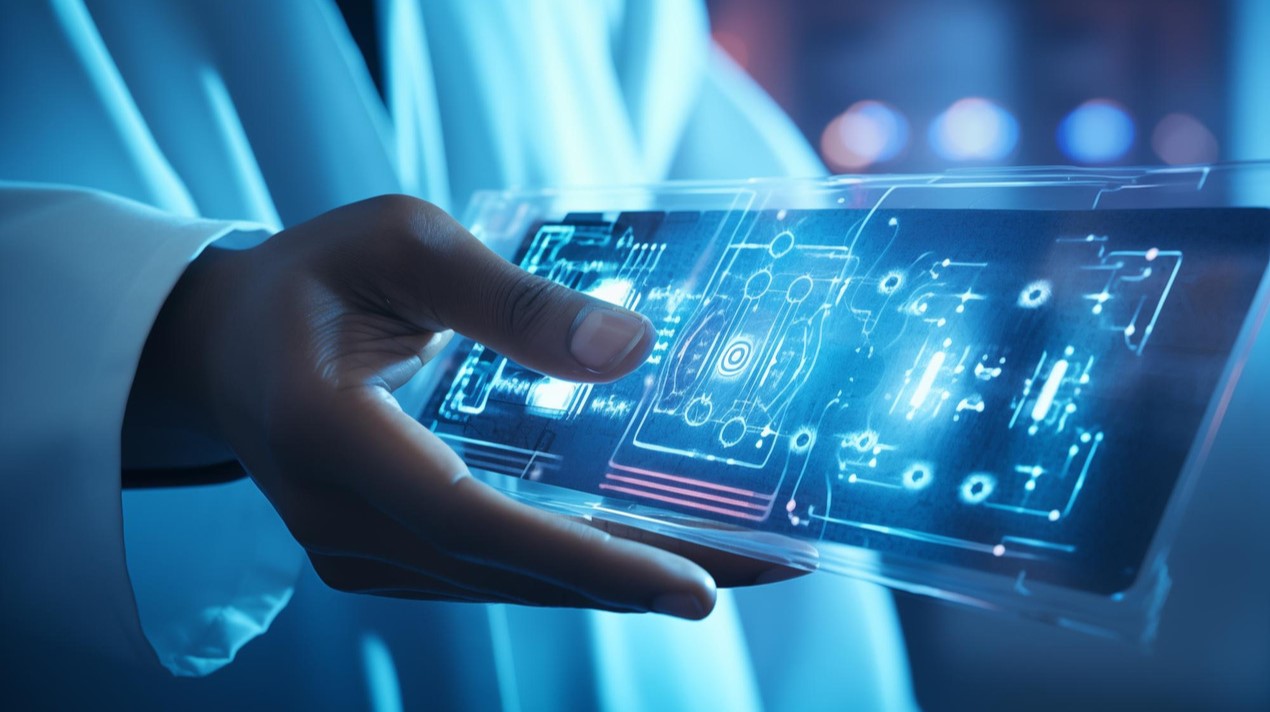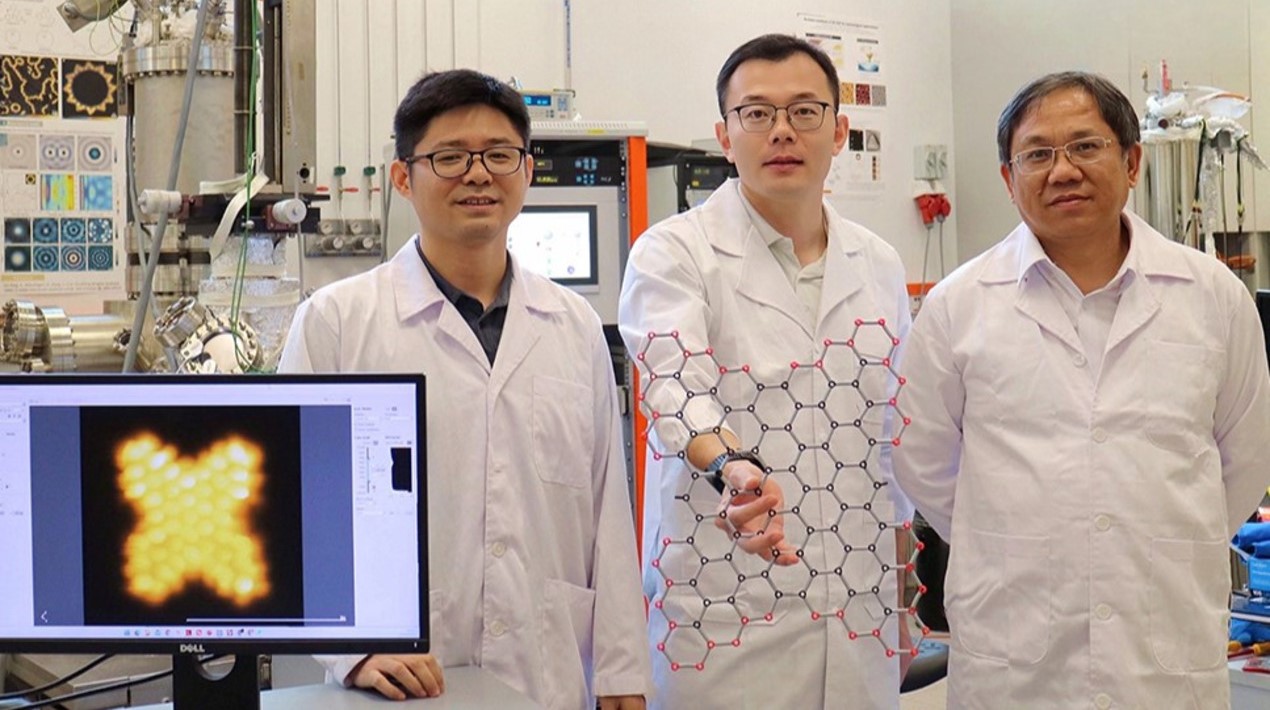
Some 35 per cent of businesses in Thailand said their most significant cyber breach cost US$1 million or more in damage, a recent report noted.
Cybersecurity technology is in high demand following the roll-out of the Cybersecurity Act and Personal Data Protection Act, as well as the national ID scheme and it’s necessary to boost Thailand cybersecurity infrastructure. Investment in cybersecurity technology in Thailand has reached THB1.91 billion.
The emergence of the Internet of Things, new WiFi 6 and 5G are expected to ramp up the possibility of cyber-attacks. Operational technology (OT) systems, connected medical equipment, airports and smart building systems are possible targets of attacks, said the study.
It was noted that the burgeoning online population and services such as mobile banking, e-commerce and digital government services have led to an increase in the number of cyber-attacks.
The study surveyed 2,000 respondents from 11 countries in Asia-Pacific, including 151 from Thailand.
It found 35 per cent of companies in Thailand saw a financial impact of $1 million or more from their most significant breach, compared with 30 per cent globally.
In Singapore, 40 per cent of respondents reported financial losses of above $1 million as the country is more engaged with technology than Thailand.
The study found 29 per cent of respondents in Thailand experienced a downtime of 24 hours or more, compared with just 4 per cent globally and 23 per cent in Asia-Pacific.
45 per cent of respondents in Thailand reported receiving more than 50,000 threat alerts a day, while only 23 per cent globally. Companies investigated 48 per cent of the threats, up from 37 per cent in 2018.
The top three barriers to the country’s adoption of advanced security technology are lack of knowledge of process and technology, a shortage of trained personnel and compatibility issues with legacy systems.
The complexity that comes as a result of the multi-vendor environment and the increased sophistication of businesses with OT networks and multi-cloud adoption continues to challenge security practitioners in Asia-Pacific.
Hence, businesses can simplify security in three key areas: workforce, workload and workplace. Doing so enables organisations to protect users and their devices against stolen credentials, phishing and other identity-based attacks, manage multi-cloud environments and contain lateral movement across the network.
Government taking action to boost cyber-resilience
- In March 2019, OpenGov Asia reported that the Thailand parliament announced the passing of a controversial cybersecurity law that has bestowed state cyber agencies with sweeping powers.
- The law was passed despite concerns from businesses and activists over judicial oversight and potential abuse of power.
- The new regulation allows the National Cybersecurity Committee (NCSC) to summon individuals for questioning and enter private property without court orders in case of actual or anticipated “serious cyber threats.”
- An additional Cybersecurity Regulating Committee will have far-reaching powers to access computer data and networks, make copies of information, and seize computers or any devices.
- Court warrants are not required for those actions in “emergency cases,” and criminal penalties will be imposed for those who do not comply with orders.
- Thailand’s military government already censors the internet and often casts criticism as a threat to national security.
- The Cybersecurity Act, approved unanimously, is the latest in a wave of new laws being passed in Asian countries. These laws seek to assert government control over the internet.
- The military government has pushed for several laws saying that would support the country’s digital economy, including an amendment to the Computer Crime Act in 2017, which has been used to crackdown on dissent.
















